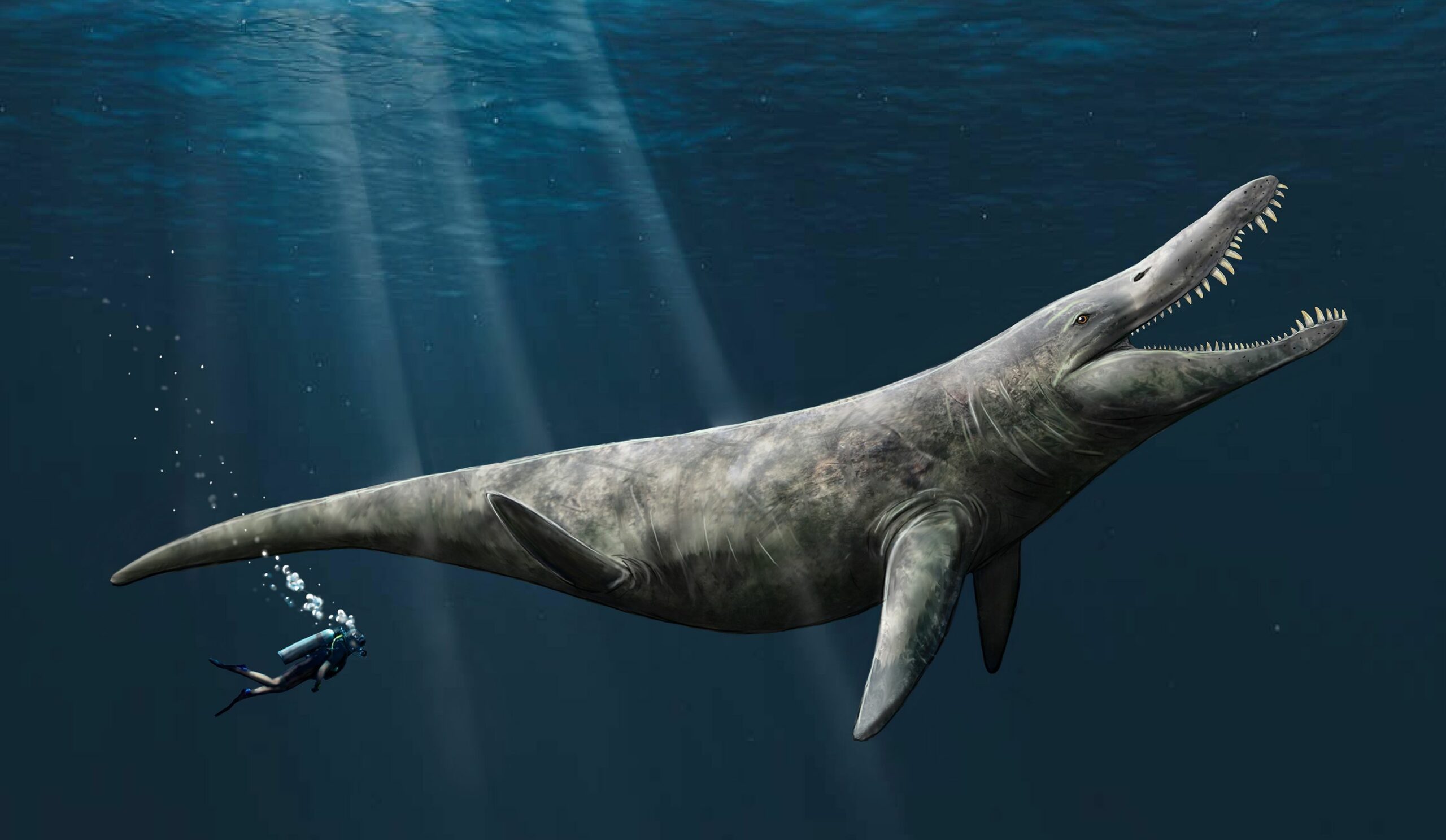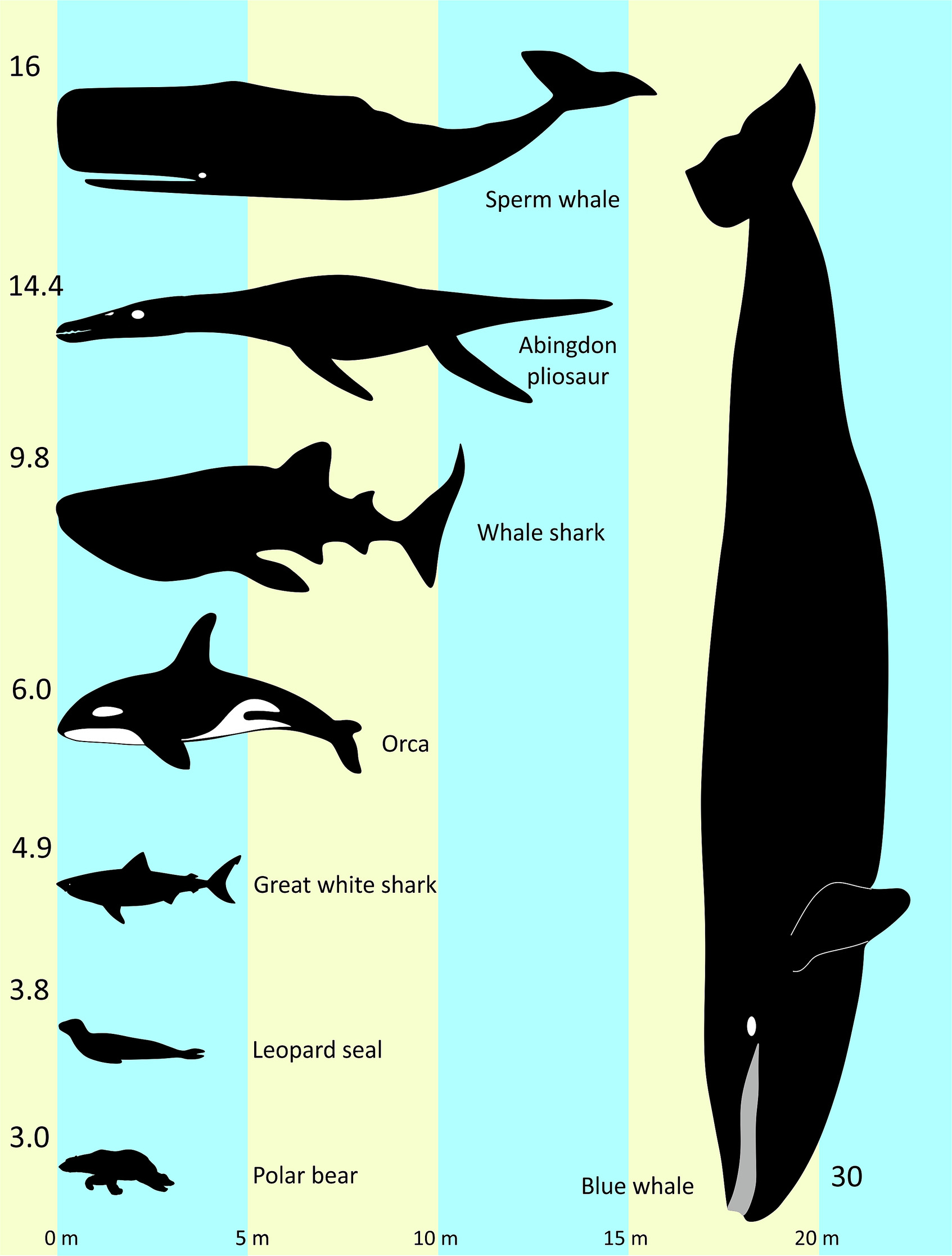The fossilized remains of a “truly gigantic” ancient sea monster have been discovered by chance in an English museum, revealing one of the largest carnivores to ever stalk the seas.

The four bones are vertebrae from an unknown species of Jurassic predator called a pliosaur and show that the dagger-toothed creatures could grow almost 50 feet (15 meters) long — twice the size of an orca (Orcinus orca). The new finding drastically revises previous estimates for the scale of the prehistoric monsters.
“It’s wonderful to prove there was indeed a truly gigantic pliosaur species in the Late Jurassic seas,” David Martill, a professor of palaeobiology at the University of Portsmouth in the U.K., said in a statement. “It wouldn’t surprise me if one day we find some clear evidence that this monstrous species was even bigger.”

Martill came across the bones while looking through fossil drawers at Abingdon County Hall Museum in the U.K. After encountering a large vertebra, he was informed by the museum’s curator that three more were in storage. The fossils, which come from the Kimmeridge Clay Formation, were originally discovered during excavations at Warren Farm in Oxfordshire. They were unearthed from a deposit dated to around 152 million years ago during the late Jurassic.
By laser scanning the fossils, Martill and his colleagues estimated they belonged to a fearsome sea monster that stretched from around 32 feet to 47 feet (9.8 to 14.4 m) long, making it the largest pliosaur ever discovered. Prior to this, one of the largest known pliosaurs was Kronosaurus (Kronosaurus queenslandicus), which grew to between 33 to 36 feet (10 to 11 meters) long.
Pliosaurs were the ocean’s biggest predators during the Jurassic period (201 to 145 million years ago). They stalked the seas using four powerful, paddle-like flippers. Pliosaurs were likely ambush predators, leaping out at prey from deep and dark water and impaling them with dagger-sharp teeth, before crushing them with a bite more powerful than a Tyrannosaurus rex’s.

“We know these pliosaurs were very fearsome animals swimming in the seas that covered Oxfordshire 145-152 million years ago,” Martill said. “They were at the top of the marine food chain and probably preyed on ichthyosaurs, long-necked plesiosaurs and maybe even smaller marine crocodiles, simply by biting them in half and taking chunks off them.”
The study originally published in the journal Proceedings of the Geologists’ Association. 10th May, 2023.



